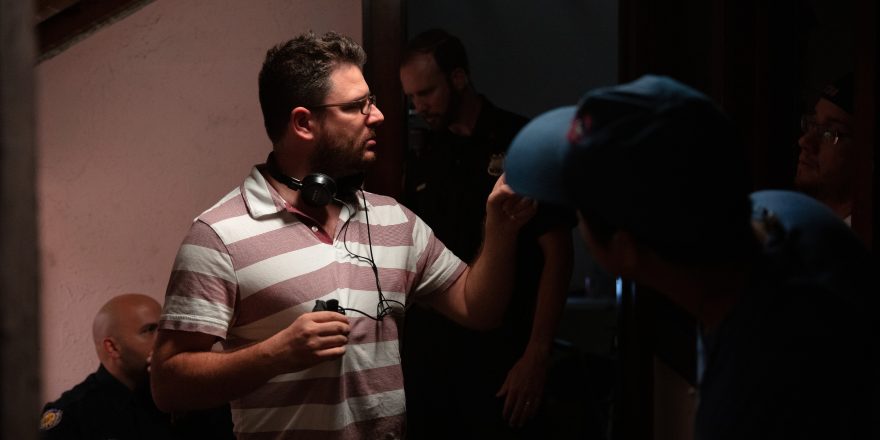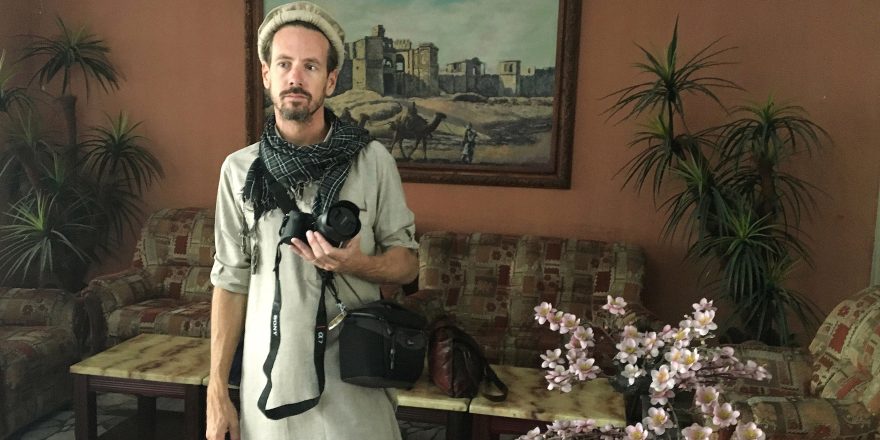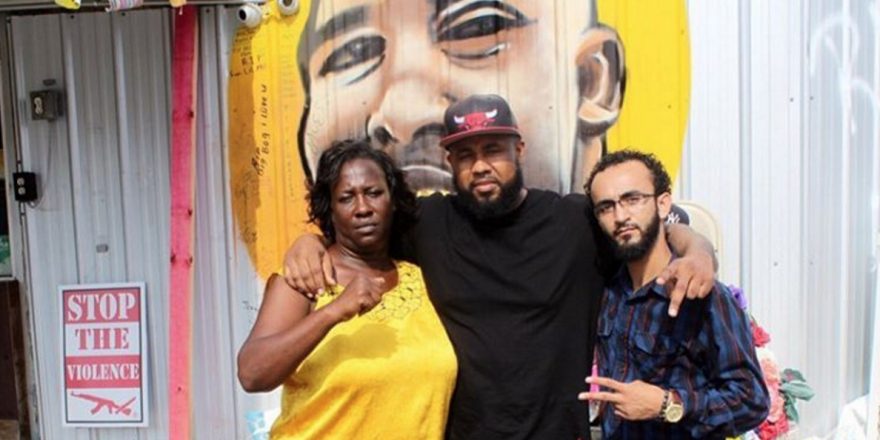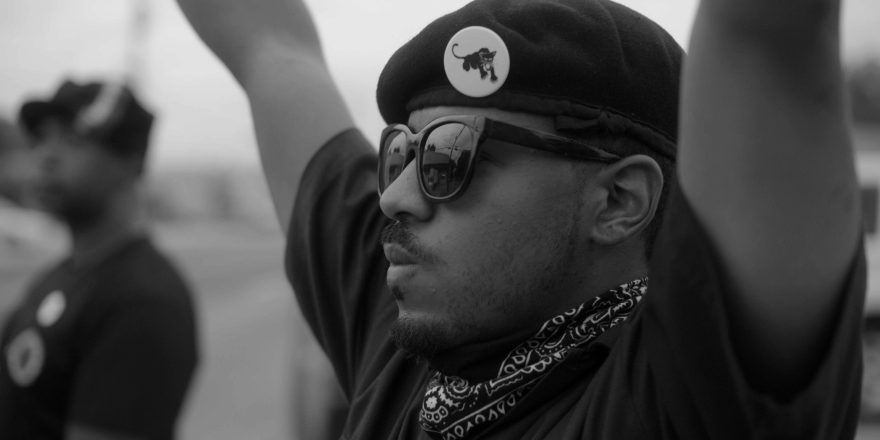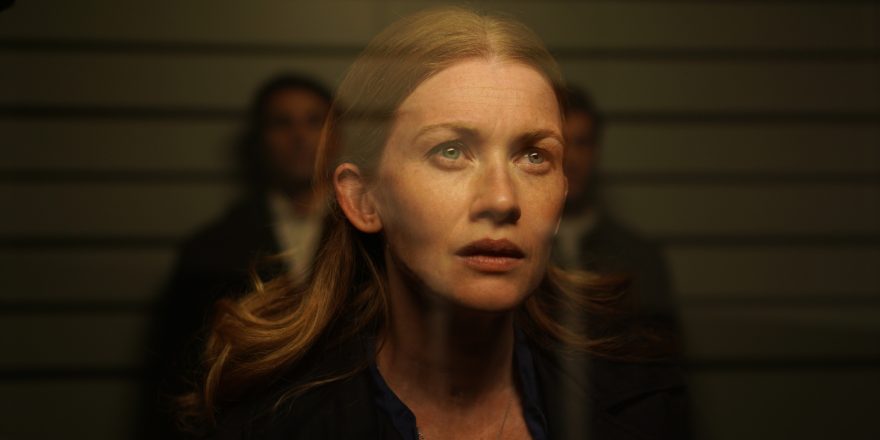Before I began making films, I worked as a special education teacher and therapist for children, teens and adults with autism and other cognitive and mental health challenges. My experiences were extremely varied, starting with pre-kindergarten age students with physical disabilities all the way up to adults with traumatic brain injuries. One of my fondest memories from that time was working as a personal service attendant for a 20-year-old young man with autism who I’ll call here Ivan. He was from Russia originally, and would gleefully sing Disney songs to himself in his thick Russian accent. He was also 300 pounds, six inches taller than me, and often had meltdowns requiring extreme behavioral interventions, restraints, and more than a few trips to the hospital. I didn’t know it at the time, but working with individuals like Ivan prepared me in a unique way for my eventual transition into filmmaking.
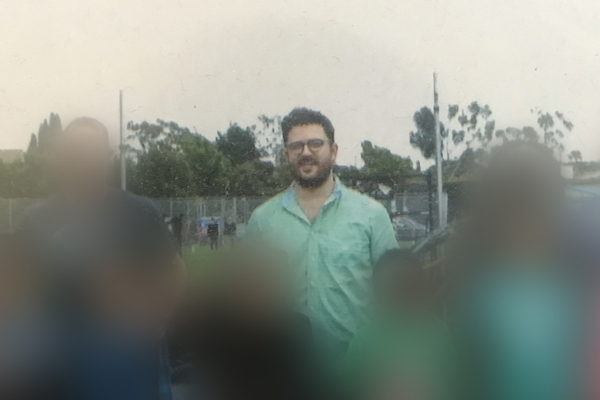
As a therapist and special educator, I had many responsibilities, including teaching academic and social skills, assisting with life skills like teeth-brushing, toileting, etc., and generally helping children and adults deal with the many challenges life presents. However, one of my most important responsibilities involved going through extensive crisis-management training. We needed to learn how to deescalate someone experiencing a mental health crisis in a way that kept the person in crisis safe, us safe, and everyone else around us safe. This involved empathizing with the individual in crisis, using non-threatening and open body language, calm tones of voice, and guiding the person in crisis through the process of de-escalation and return to rationality. Through my years working in the field, I was involved in many such situations; I saw them resolved smoothly and safely, and I saw them go terribly, terribly wrong.
My experience with crisis intervention is what initially drew me to the case of Kenneth Chamberlain Sr. Chamberlain was a 68-year-old African-American retired Marine suffering from bipolar disorder. On the morning of November 19, 2011, Kenneth was sleeping alone in his apartment. Just after 5 a.m., he accidentally triggered the medical alert pendant he wore around his neck. The police arrived to check on him a few minutes later. Through the door, Kenneth informed the officers that he was OK, the alarm was an accident, and he wanted them to leave. However, after a series of escalating arguments and verbal conflicts from opposite sides of the door, the police broke into Kenneth’s apartment, tased him, pelted him with beanbags, and finally shot him to death.
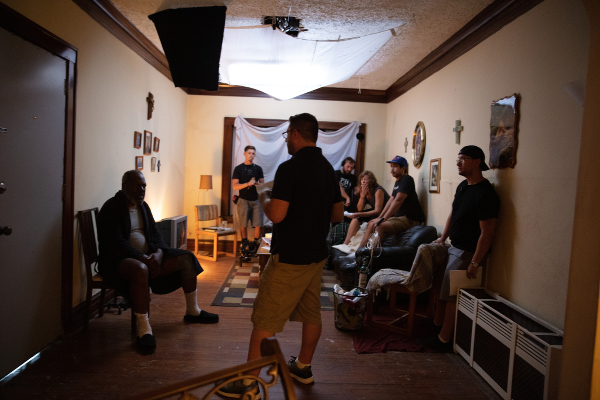
I knew after reading a short description of the events that led to the death of Kenneth Chamberlain Sr. that this was a story I wanted to tell – not only because it dealt with the very serious issue of institutional racism, but because it resonated on a very personal level with me. My experience dealing with crisis situations has given me a unique perspective on these types of conflicts, and it’s one of the primary reasons I first reached out to the Chamberlain family about making the film that became The Killing of Kenneth Chamberlain.
In my discussions with the Chamberlain family, I knew I might be bringing up some extremely difficult subjects and unpleasant memories. I knew I needed to approach my conversations with Kenneth’s family members with the utmost sensitivity and respect. Working as a therapist and special educator also helped me in this area; I attended countless meetings with parents dealing with very difficult news about their child’s (or sometimes full-grown adult’s) psychiatric or physical state. I comforted sobbing children, calmed down adults with autism experiencing breakdowns, helped keep epileptic teenagers safe during seizures, etc. From the very first time we spoke, the Chamberlain family was nothing but helpful, enthusiastic, and supportive of what my producing partners and I were trying to do. What they wanted more than anything else was for their father’s story to be told.
Filming The Killing of Kenneth Chamberlain was a harrowing but also deeply rewarding experience. We were under severe time and budgetary constraints, telling a story in a confined space in the heat of a muggy Midwestern summer. From the beginning, it was very important to me that the Chamberlain family have a chance to visit the set. I was deeply honored that they accepted our offer to visit, and seemed to understand that we wanted to tell their father’s story with the importance and weight it deserved.
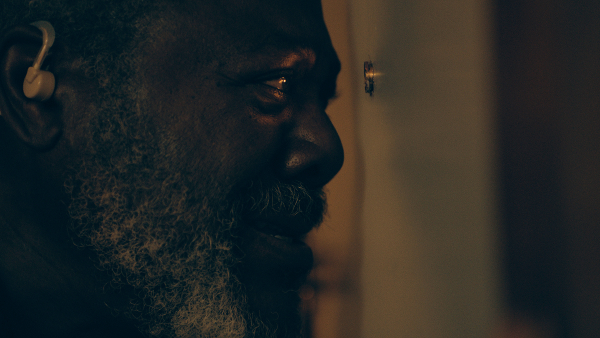
While shooting the film, there were so many moments that reminded me of the work I had done in my previous career. Because the film portrays an individual who experiences a loss of rationality due to the extraordinary stress he is under, I had a very special empathy for the character. That loss of rationality is something I saw over and over again in my previous career, and I learned how important it was to approach situations like that with empathy, compassion, and an understanding that we are all human beings.
There is a long way to go in how we treat disadvantaged people in our society, from individuals with disabilities and mental health challenges, to people of color who face institutionalized racism from both police and the justice system. My hope for The Killing of Kenneth Chamberlain is that it inspires and advances the conversations around these issues and more.
Behind-the-scenes images by Bartosz Kasza; all images courtesy of David Midell.



